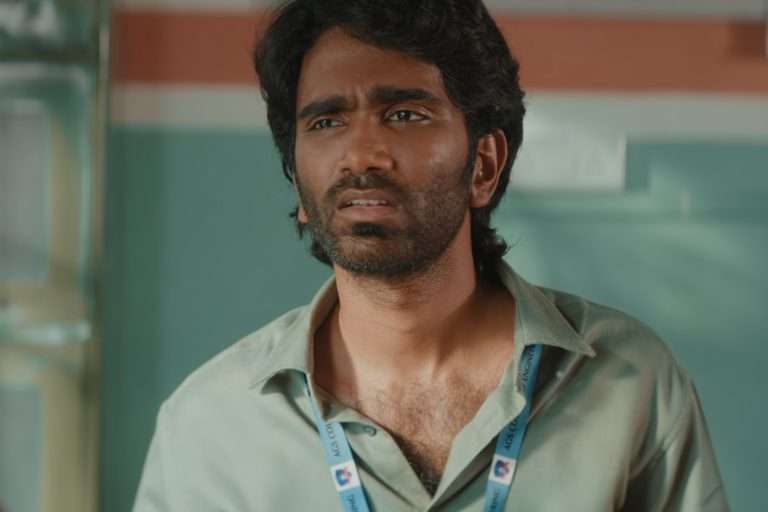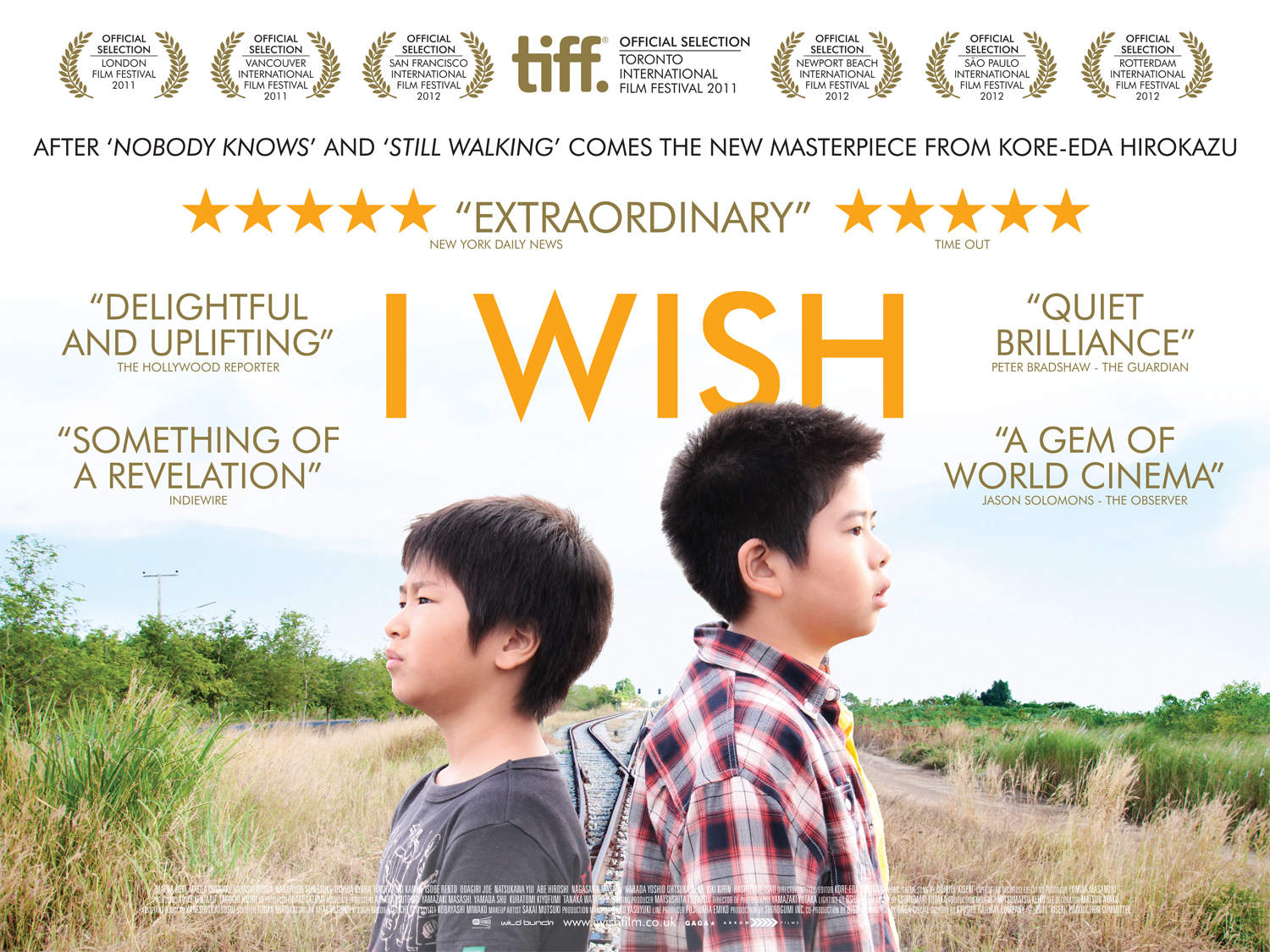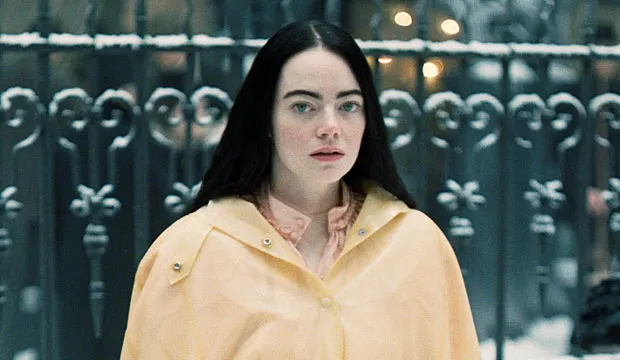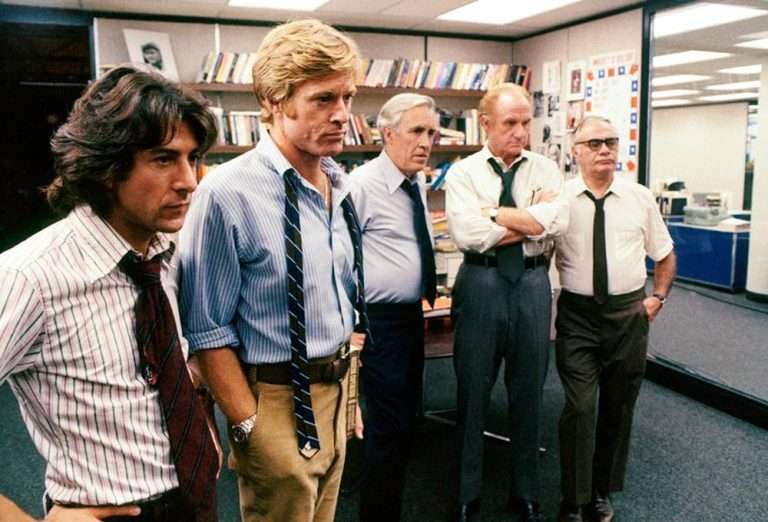Besides being a well-crafted and earnest drama, Taare Zameen Par is one of those few Indian films which explore the philosophy of “slow”.
It was one of those evenings of my sophomore year when I got introduced to slow movement in cinema. The slow movement which began with Carlo Petrini’s protest against the opening of a McDonald’s restaurant in Pizza di Spagna (Piazza di Spagna), Rome in 1986 further developed as a culture and philosophy in various aspects such as traveling, education, parenting, and life in general.
I came across a book titled In Praise of Slow: Challenging the Cult of Speed (2004) by Carl Honoré. Quite excited, I read the book and I was reminded of Taare Zameen Par (2007). Most of the ideas, themes, and philosophies discussed in the book took me back to the movie. After completing the book, I felt an urge to revisit the movie, and having watched the movie again after all these years with a completely different mindset I can safely say that Taare Zameen Par is one of those rare Indian movies that explores the philosophical and cultural significance of “slow.”
There is a dialogue in the movie which goes like this,
“Kab samjhenge ki har baccha apne hisaab se wazan uttha ta hai. Aaj nahin to kal seekh hi jaata hai. Apni apni raftaar hoti hai. Paancho ungliyo ka haath banta hai.”
“When will people understand that every child has his own pace of doing work? With time they learn the ways of the world. Everyone has their speed. Why forget that a hand is made of five fingers.”
This pretty much echoes Carl Honoré’s comment on slow movement,
“It [slow movement] is a cultural revolution against the notion that faster is always better. The slow philosophy is not about doing everything at a snail’s pace. It is about seeking to do everything at the right speed.”
While re-watching the movie what struck me was the dynamics of the “Awasthi” family. It is quite evident that Ishaan’s(played by Darsheel Safary) father due to this fast-paced competitive world has succumbed to the capitalistic approach of parenting. In one scene when Nikumb (played by Aamir Khan) explains to Ishaan’s parents that Ishaan is not a “retard” and shows his paintings to prove his statement, Ishaan’s father(played by Vipin Sharma) asks, “Issme fyada kya hai?” (Trans: What’s the benefit?)
Related to Taare Zameen Par: Dangal (2016): An Entertaining Sport Film
Nikumb replies, “Issme aap fyada kyun dhund rahe hai? (Why are you searching for a benefit in this?)” to which Ishaan’s father replies, ” To aur kya dhundoo! Kaise barabari kar payaega iss competitive duniya k saath!”(Trans: What else shall I search for! How will we compete with the competitive world out there!)
Ishaan’s father wants materialistic success from his children and if one focuses upon the character of Ishaan’s elder brother Yohaan, one realizes that he is a successful product of capitalistic parenting.
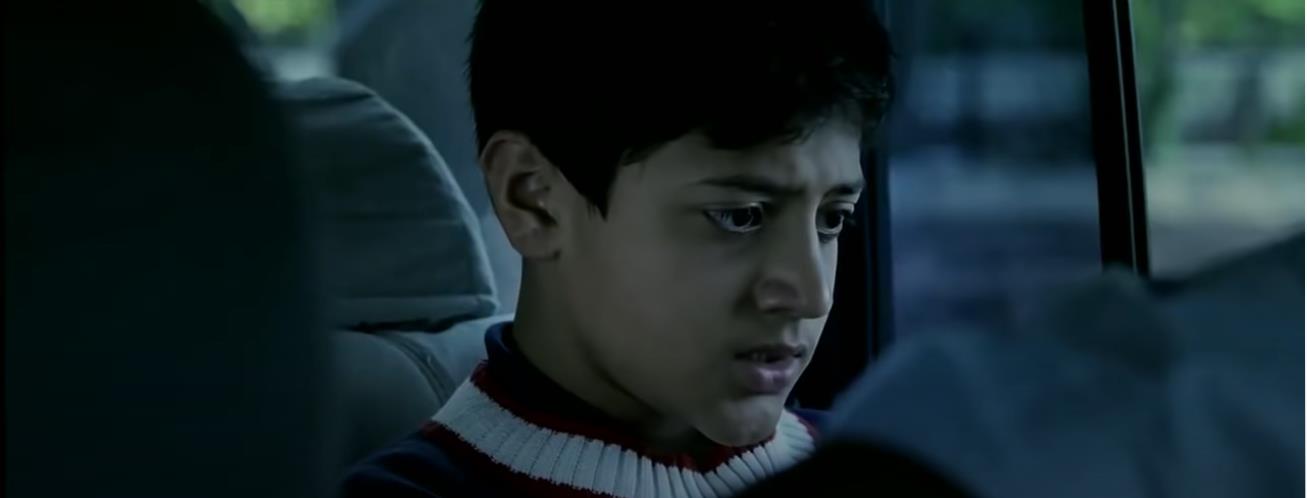
Honoré writes in his book,
“Perhaps kids suffer the most from the orgy of acceleration. They are growing up faster than ever before. Many children are now as busy as their parents, juggling diaries packed with everything from after-school tutoring to piano lessons and football practice.”
Yohan is a victim too. A victim who does not dare to resist (unlike Ishaan) and has succumbed to this fast-paced world just like his parents. This merciless pace has made the relationship between Ishaan and his family superficial to such an extent that he feels ostracized. One must remember the flip-book which when flipped at a faster rate shows Ishaan getting separated from his family. All Ishaan needed was time. Time is an important factor when the philosophy of slow is considered.
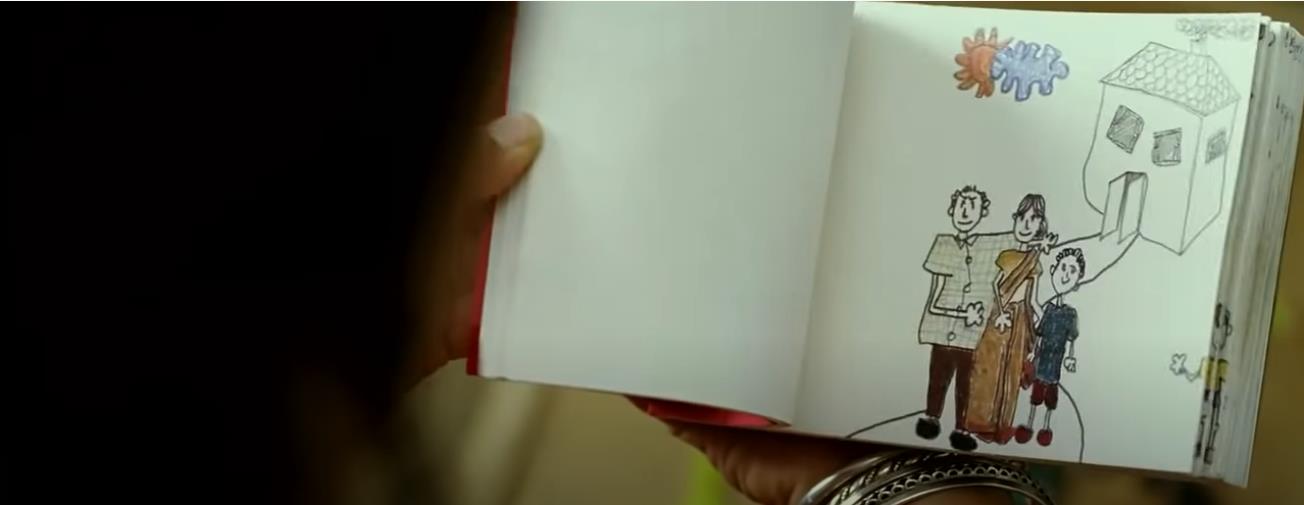
Honoré writes,
“The clock is the operating system of modern capitalism, the thing that makes everything else possible, deadlines, contracts, manufacturing processes, schedules, transport, working shifts.”
The choreography of the song Jaame Raho expresses this idea conspicuously. The first sound that we hear at the beginning of the song is the beeping of the alarm clock. Ishaan’s parents wake up with horrified faces as if they are some factory laborers reacting to the siren and would be punished if they don’t follow time.

Throughout the song Ishaan’s family is multi-tasking. His father (played by Vipin Sharma) is typing on a laptop while eating. Yohan is reading while eating. This habit of multitasking itself destroys the philosophy of slow i.e. “Doing everything as well as possible instead of as fast as possible.”
On the contrary, Ishaan wakes up at his own pace and does not register the fast pace. Maybe the character of Ishaan is a symbol of resistance against the fast-paced world.

First few minutes into the movie we see teachers speaking in an authoritative tone defining Ishaan in numbers thus limiting his identity to one aspect. This establishes the power relation between two bodies – the individual(Ishaan) and the institution(parents, school, and society in general).
Ishaan’s struggle is against the authority of school, parents, and society in general and the main objective of his struggle is not to attack an institution of power but rather a form and technique of power i.e. the power and dominance of a fast-paced world which does not give space to a pace of one’s own.
Consider the scene when Ishaan speaks gibberish in class. The teacher forces Ishaan by the power of her position to come out from his respective pace and be a part of a class that is at a different pace. Ishaan tries and fails. And here the teacher fails to understand that Ishaan requires a pace of his own to cope with the class. She fails to understand that she needs to help Ishaan strike a balance between the fast and the slow. Being succumbed to a fast-paced world, she fails to reflect and what she only does is react! Thus, the teacher shouts. But the interesting thing is that Ishaan does not succumb to that violence in her speech. Instead, he acts as a resistance and shouts gibberish in a fast manner as a way of protest expressing how nonsensical this way of the world seems to him.
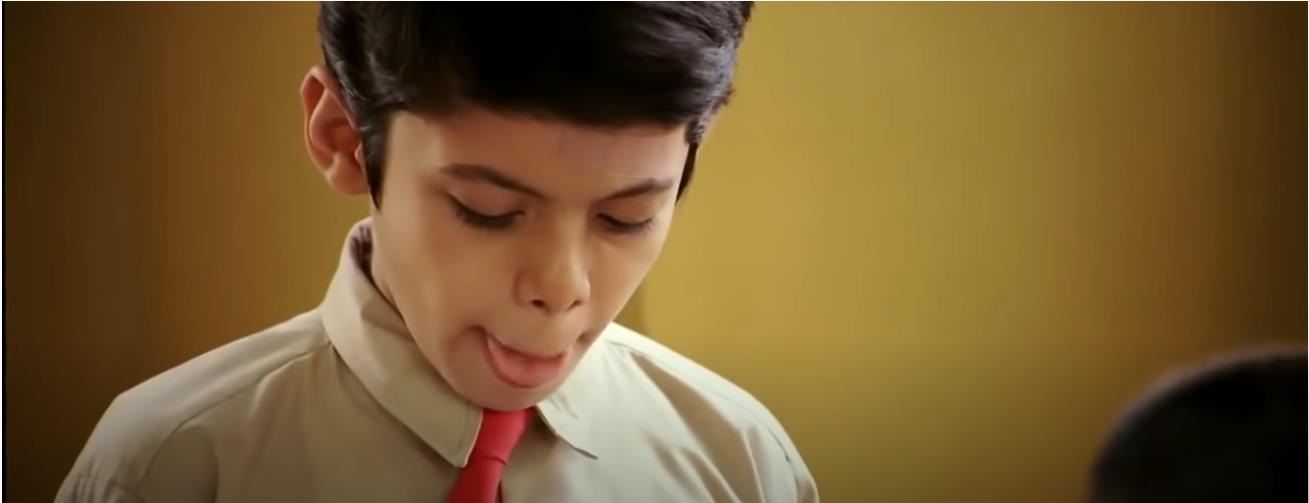
He also dismisses the concept of scheduling and time. When he is sitting for the “surprise test” he does not fear time (as if time is non-existent).
In the song Mera Jaahan, we see how he rejects the time-bound school routine explores the beauty of the streets, and savors its pleasures slowly. One specific moment in the song, when he sees the construction being done, explores slow philosophy.
In the script, it is written,
“17C FXT. ROAD CONSTRUCTION SITE-DAY
A huge earth-mover in action as it crunches into a tar road stretch. Pan over the faces of people who have taken their time out from their daily chores and formed a crowd to watch this momentous event; so what if it doesn’t concern their mundane daily lives? The pan on the faces ends with ISHAAN’s sweaty face, his eyes shining with discovery. Again, the awesome jaws of the earth-mover crunch on the tar.”
Now, you may say that one can’t be slow all the time. But the thing is-slow does not mean “slow”. It is a balance between the fast and the slow. We see Ishaan struggling to strike that balance. Consider the dream sequence when Ishaan gets separated from his mother (played by Tisca Chopra) in a railway station. Ishaan gets lost in the crowd and when the train starts moving, he cannot match up to the fast pace of the train. He also faces a problem when a ball is thrown towards him because he has his own pace of comprehending speed which does not match with the rest of the world. He is clueless as to how he can strike a balance.
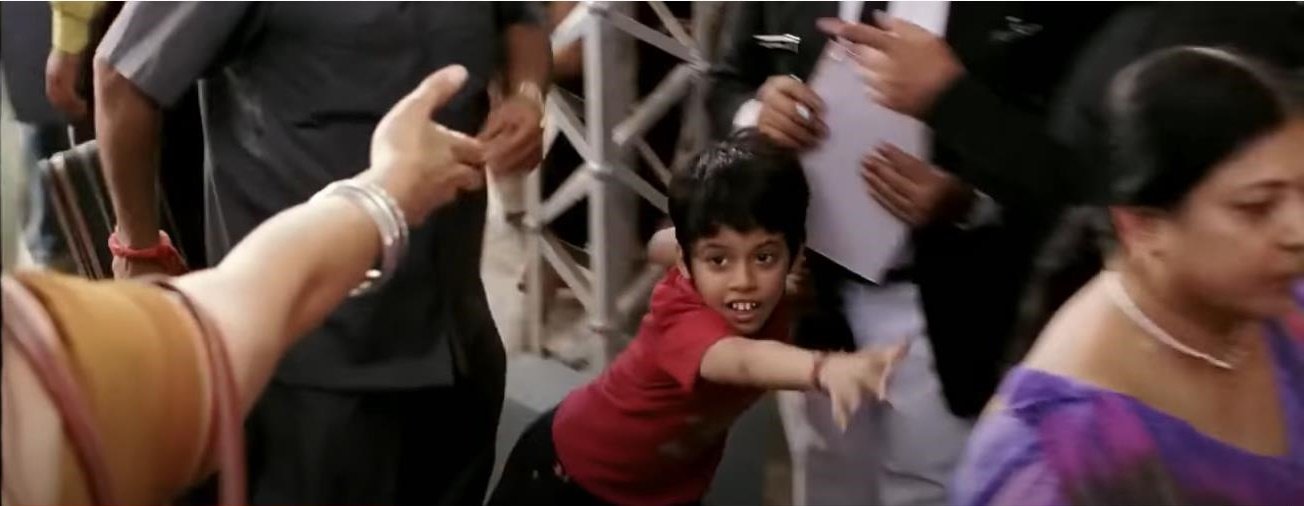
Honoré writes,
“Einstein appreciated the need to marry the two modes of thought: Computers are incredibly fast, accurate, and stupid. Human beings are incredibly slow, inaccurate, and brilliant. Together they are powerful beyond imagination. That is why the smartest, most creative people know when to let their minds wander and when to knuckle down to hard work. In other words, when to be slow and when to be fast.”
Now, the question is – How to strike the balance?
Perhaps we should reflect rather than react. When Ranjeet’s (played by Ramit Gupta) mother complains to Ishaan’s father about the playground brawl, we don’t see his father asking Ishaan what’s wrong. Instead, he immediately reacts and thrashes him. In the boarding school during his art class when he looks outside the window and observes the birds, the art teacher beats him up instead of communicating with him. This impatient reaction rather than reflection leads to violence-physical and mental.
Honoré opines,
“Opting out of the culture of speed involves a leap of faith and it is always easier to leap when you know others are leaping, too.”
This statement’s exact visual representation (in terms of the essence) is seen in the movie when Nikumb takes the names of famous personalities in class who are like Ishaan. This makes Ishaan realize that there are many more like him which does not make him feel alone.
Now, one might ask whether Aamir Khan and Amole Gupte (who wrote the film) intended to address the importance of slow throughout the movie, or is it just my overreading? Well, they intended. If one carefully observes the opening credits of the movie then at one point we see a hare(symbolizing speed) and a tortoise (symbolizing slow) sitting on a see-saw (designed like a watermelon) and balancing each other out which is the metaphor for slow philosophy-To strike a balance between the fast and the slow. Apart from making the whole nation aware of something known as dyslexia, the movie also tried to introduce us to the philosophy of slowness and its importance in our lifestyle.
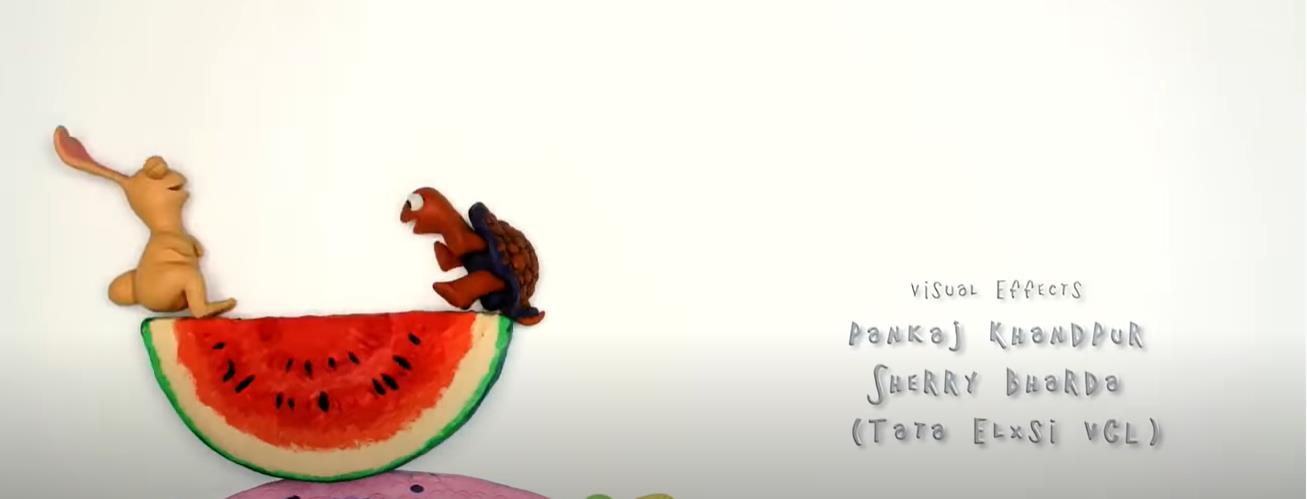
Taare Zameen Par References:
“In Praise of Slow.” Carl Honore. Accessed 16 Jul 2020.
Khan, Aamir, director. Taare Zameen Par. Netflix, 2007. Accessed 16 Jul 2020.
Honoré Carl. In Praise of Slowness: Challenging the Cult of Speed. HarperCollins, 2005.




